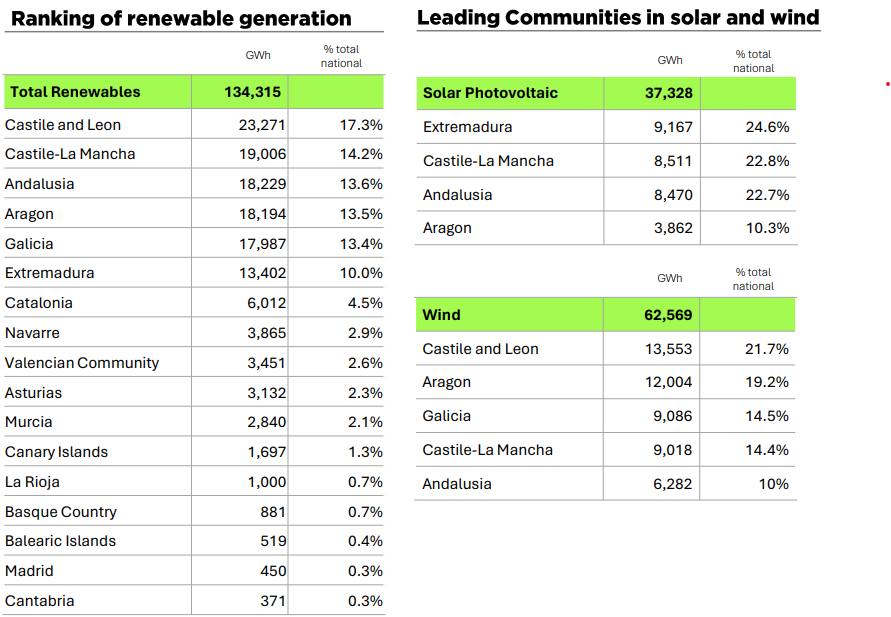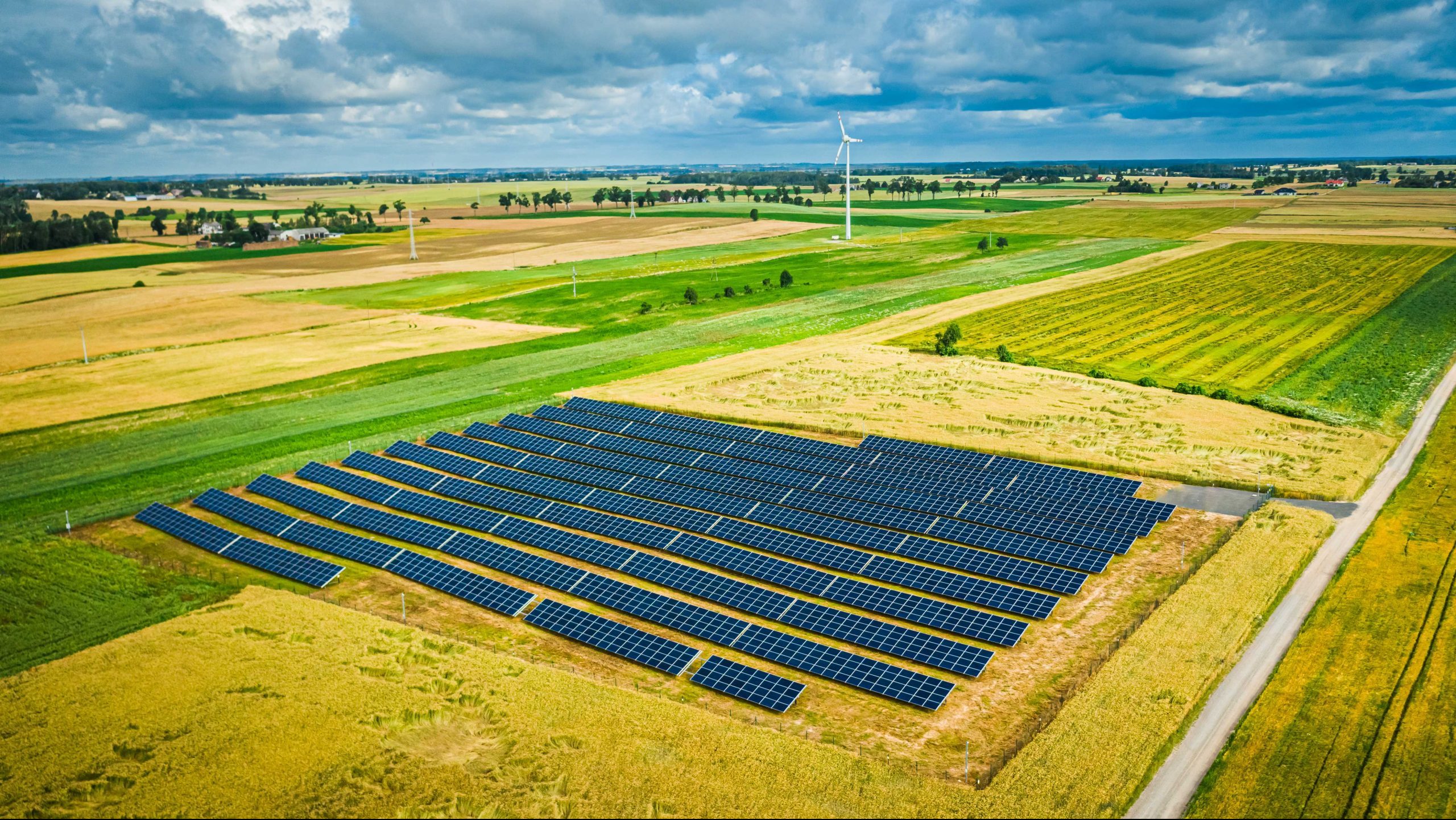- Data from the Spanish territorial analysis specified with each of the autonomous communities.
Renewable energies marked a new historic year in 2023, both in installed capacity and in generation within the national electricity system, according to the first report from the Renewable Energy Observatory of Foro Sella, prepared by Opina 360 with data from Redeia, which includes a territorial analysis with detailed data from each of the autonomous communities. This momentum made it possible for renewable generation to cover 54.9% of the demand of the national electricity system. “There are communities that have seen renewables as a great opportunity, not only to advance in decarbonizing the economy, but above all as a differential factor, because they can generate cheap and sustainable energy to attract industrial projects,” explains the director of Opina 360, Juan Francisco Caro.
Renewables reached a record of 134,315 GWh injected into the system, 15.1% more than the previous year and 37.2% more than in 2019. Despite this progress, total generation of the system decreased by 3.5% compared to 2022 due to the decline in non-renewable sources (-17%). This different evolution meant that renewables represented more than half of the national generation mix for the first time: they increased to 50.3%, eight points more than the previous year.
The sources that most drove the growth of green energy were photovoltaic solar, whose deployment allowed it to advance by 33.8% and set a new record (37,328 GWh), and hydroelectric, which increased by 41.1% thanks to the recovery of rains in various areas of the peninsula. Solar thermal also added 13.9% and wind recorded a increase of only 2.2%, but it was enough to beat its record (62,569 GWh) and regain the top spot among generation sources. The rest of the renewables ended with volumes lower than the previous year.
By communities, the largest increases in renewable generation in 2023 were located in Extremadura (31.9%), Balearic Islands (28%), Galicia (23.9%), Asturias (20.5%), Castilla-La Mancha (20.3%), and Aragon (18.9%). In terms of volume, Castilla y León, Aragón, and Galicia stand out for having more than 75% of renewable generation over the total.
Compared to 2019, the largest increases in renewable production have occurred in Extremadura (187.7%), Aragon (119.4%), Balearic Islands (89.7%), Castilla-La Mancha (56.9%), and Murcia (51%). In contrast, six communities that last year recorded lower levels of renewable generation than four years earlier: La Rioja (-21.5%), Basque Country (-21.1%), Catalonia (17.2%), Cantabria (-10.7%), Asturias (-6.7%), and the Valencian Community (-6.2%).
“Among the advances of recent years, there are two very significant examples of specialization. In a very short time, Extremadura has managed to become a leader in photovoltaic generation and Aragon is very close to overtaking Castile and Leon as the leading wind producer with the projects it has underway. These are potentials that must be seized.”
Minimum demand
The decrease in generation in 2023 is related to a lower national demand, which decreased by 2.3%, to 244,659 GWh. It decreases for the second consecutive year and is at the lowest level since 2004. In the last two years, there has been a clear divergence between the growing economic activity and the lower electricity demand on the grid, which is mainly justified by the strong impulse of self-consumption, both in productive sectors and in households.
From the point of view of installed capacity, the generation capacity of the system increased by 6,253 MW, 5.2% more than the previous year, reaching 125,620 MW. Renewables added 6,261 MW, the largest increase in the last four years, compared to a decrease of 8 MW in non-renewable capacity. Practically nine out of ten new megawatts of capacity corresponded to photovoltaic solar, which recorded its highest growth in the series by adding 5,594 MW in a single year. The rest of the renewable increase was concentrated almost exclusively in wind, with 661 MW more (2.2%).
Solar energy, second largest capacity
At the end of the year, renewable sources had 77,039 MW of installed capacity, representing 61.3% of the total national electricity system, advancing more than eleven points in just four years. Solar energy (photovoltaic and thermal) now ranks as the second source with the highest capacity (27,853 MW), only behind wind (30,810 MW), and together they account for almost half of the national generation park (46.7%).
In the case of photovoltaics, Castilla-La Mancha, Andalusia, and Extremadura accounted for three-quarters of the new installed capacity, while in three communities (Asturias, Cantabria, and Madrid) no new capacity was installed and in five others the installed capacity was negligible. Extremadura and Castile-La Mancha remain leaders in photovoltaic capacity, with 49.1% of the national total.
On the other hand, Aragon and Navarre led the deployment of wind energy, with about two-thirds of the new capacity. In contrast, there were no new installations in eight communities, among which Madrid is the only one without wind power. Castile and Leon, Aragon, and Castile-La Mancha concentrate more than half of all the wind capacity in the country (54.4%).


